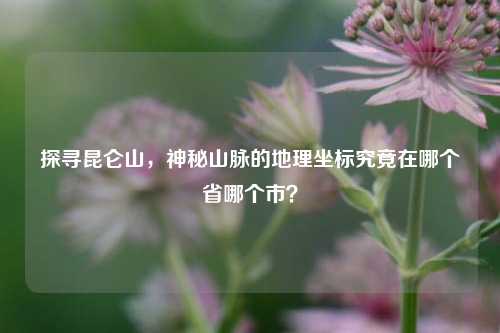In the vast expanse of the educational realm, the pupil stands as a central and fascinating entity, representing not only the physical part of the eye but also a young learner full of potential and curiosity.
Let's first explore the biological aspect of the pupil. In the eye, the pupil is like a dynamic gatekeeper. It is the black circular opening in the center of the iris. Its primary function is to control the amount of light that enters the eye. When the light is bright, the pupil constricts, reducing the amount of light to prevent over - stimulation of the sensitive retina. Conversely, in dim light, it dilates to allow more light in, enabling us to see more clearly. This automatic adjustment is a remarkable example of the body's self - regulation. It ensures that our visual system can function optimally under various lighting conditions. Scientists have long been intrigued by the complexity of this physiological mechanism. Through research, they have discovered that certain drugs and emotions can also affect the size of the pupil. For instance, when a person is excited or scared, the pupils may dilate, which is an involuntary response of the body's sympathetic nervous system.

Now, shift our focus to the educational context where a pupil refers to a young student. Pupils are the future of society. They enter the world of learning with a blank slate, ready to absorb knowledge like sponges. In a classroom, each pupil is a unique individual with their own learning style, interests, and dreams. Some pupils are energetic and love hands - on activities. They thrive in science experiments or art projects, where they can use their creativity and physical skills. Others are more introverted and prefer quiet reading or solving mathematical puzzles. Teachers play a crucial role in nurturing these young minds. They need to understand the diverse needs of each pupil and design teaching methods that can effectively engage them.
Pupils also learn valuable social skills in school. They interact with their peers, form friendships, and learn how to cooperate and compete in a healthy way. Group projects are a great opportunity for pupils to work together towards a common goal. They learn to respect different opinions, share responsibilities, and communicate effectively. These social experiences are as important as academic knowledge, as they prepare pupils for the challenges of adult life.
Moreover, pupils are often full of questions and a sense of wonder. They are not afraid to ask the most basic or the most profound questions. Their inquisitive nature drives them to explore the world around them. Whether it's wondering why the sky is blue or how plants grow, these questions are the starting point of learning. As they grow, pupils gradually develop critical thinking skills. They start to analyze information, make connections, and draw their own conclusions.
In conclusion, the concept of a pupil is multi - faceted. Whether it's the biological pupil in our eyes that allows us to see the world or the young learners who are on the journey of discovery, pupils are a source of endless fascination. They remind us of the beauty of nature's design and the potential of the human mind. We should cherish and support these pupils, whether they are the tiny openings in our eyes or the young individuals in our classrooms, as they are integral parts of our lives and the future of our world.








